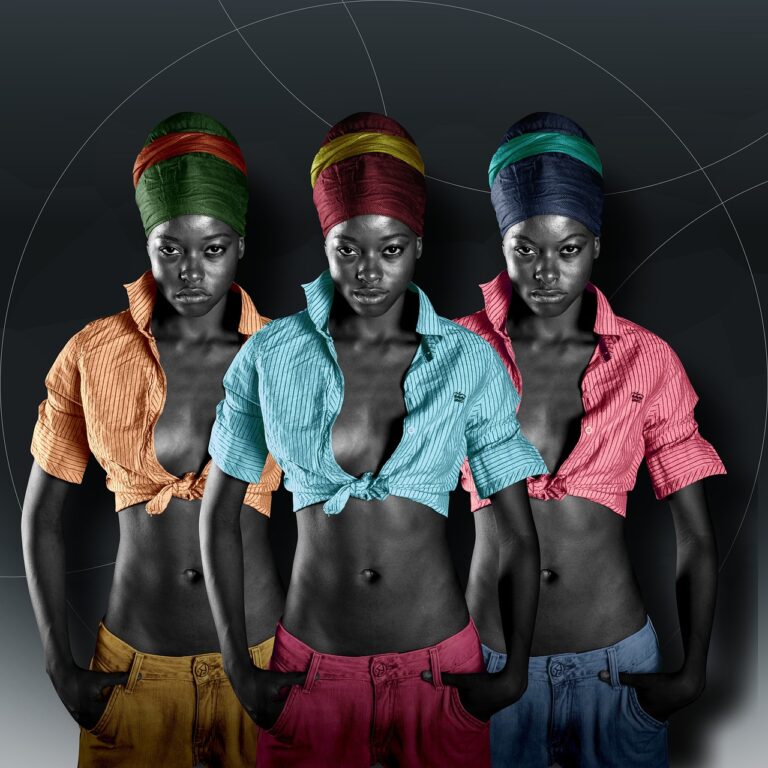Pattern Making for Sustainable Athleisure: Eco-Friendly Design Solutions: Goldenexch99, Cricbet99 club.com, King567 login
goldenexch99, cricbet99 club.com, king567 login: Athleisure wear has become increasingly popular in recent years, with more and more people looking for comfortable yet stylish clothing options that can take them from the gym to running errands. However, the rise of fast fashion has brought about concerns regarding the environmental impact of producing these trendy pieces. This is where sustainable pattern making comes into play, offering eco-friendly design solutions for athleisure wear that are both fashionable and environmentally conscious.
Creating sustainable athleisure pieces starts with the pattern making process, which involves designing the templates used to cut fabric and construct garments. By following sustainable practices in pattern making, designers can reduce waste, conserve resources, and minimize their impact on the environment. Here are some eco-friendly design solutions that can be incorporated into pattern making for sustainable athleisure:
1. Utilize Zero-Waste Cutting Techniques: Traditional pattern making often results in a significant amount of fabric waste. By implementing zero-waste cutting techniques, designers can minimize leftover fabric scraps and make the most of every piece of material.
2. Opt for Organic and Recycled Fabrics: Choosing fabrics made from organic cotton, bamboo, or recycled materials can significantly reduce the environmental footprint of athleisure wear. These sustainable fabrics are produced using fewer resources and are biodegradable, making them a more eco-friendly choice.
3. Design Modular Patterns: Creating modular patterns that allow for customization and versatility can extend the lifespan of athleisure pieces. By designing garments that can be easily altered or repaired, designers can help reduce the overall amount of clothing waste generated.
4. Incorporate 3D Modeling Software: Utilizing 3D modeling software in pattern making can streamline the design process and reduce the need for physical prototypes and samples. This digital approach not only saves time and resources but also minimizes the environmental impact of producing athleisure wear.
5. Implement Lean Production Techniques: Lean production techniques focus on eliminating waste and optimizing efficiency in the manufacturing process. By adopting lean principles in pattern making, designers can reduce material waste, energy consumption, and overall environmental impact.
6. Collaborate with Sustainable Suppliers: Partnering with sustainable suppliers who prioritize eco-friendly practices and materials is essential for creating sustainable athleisure wear. By working with suppliers who share your commitment to sustainability, you can ensure that your garments are produced ethically and responsibly.
Incorporating these eco-friendly design solutions into pattern making for athleisure wear can help reduce the environmental impact of the fashion industry while creating stylish and sustainable clothing options for consumers.
FAQs:
Q: Can sustainable athleisure wear be fashionable and functional?
A: Yes, sustainable athleisure wear can be both fashionable and functional. By incorporating eco-friendly design solutions into the pattern making process, designers can create stylish and comfortable pieces that are also environmentally conscious.
Q: How can consumers support sustainable athleisure brands?
A: Consumers can support sustainable athleisure brands by choosing to purchase from companies that prioritize eco-friendly practices and materials. By investing in high-quality, ethically produced athleisure wear, consumers can help promote sustainability in the fashion industry.
Q: Are sustainable athleisure pieces more expensive than traditional options?
A: While sustainable athleisure pieces may have a slightly higher price point due to the use of eco-friendly materials and practices, the long-term benefits of investing in sustainable fashion outweigh the initial cost. Additionally, by supporting sustainable brands, consumers are contributing to a more environmentally friendly fashion industry.







